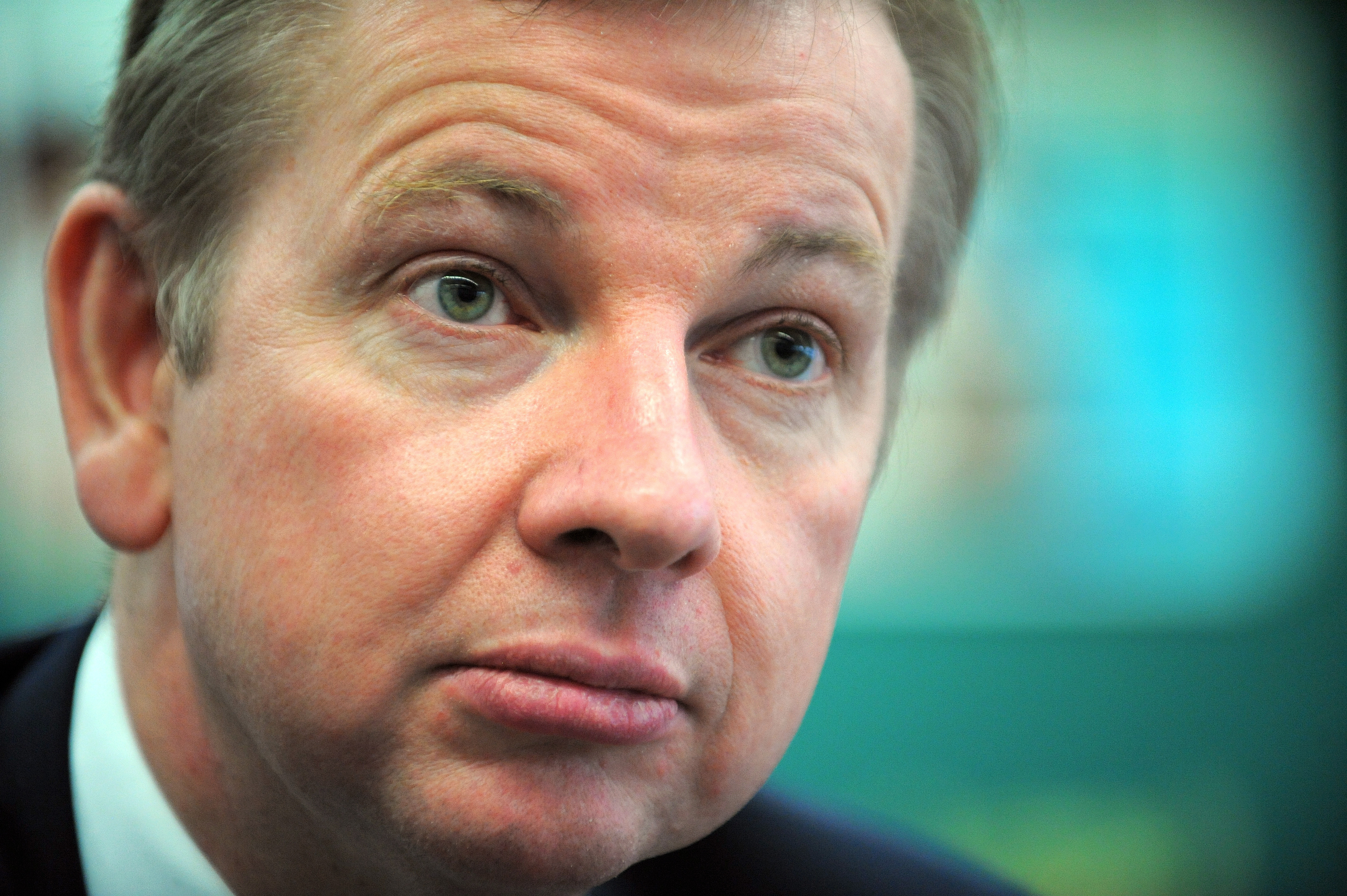 The promise of Michael Gove’s Free Schools programme — as distinct from his
Academies programme — is slow to materialise. What seemed like the government’s
most radical and important reform has stalled as expected take-up has fallen far short of expectations. 350,000 new school places are required to meet increasing demand by 2015 — to address
this, the Conservatives had set their sights on setting up 3,000 new Free Schools in nine years. But, so far, there have been just 323 applications, with only a handful due to open in September
2011, and the DfE capital budget is set to fall by 60 per cent to £3.4 billion by 2014-15. This constitutes a massive capital shortfall. A storm is gathering in education.
The promise of Michael Gove’s Free Schools programme — as distinct from his
Academies programme — is slow to materialise. What seemed like the government’s
most radical and important reform has stalled as expected take-up has fallen far short of expectations. 350,000 new school places are required to meet increasing demand by 2015 — to address
this, the Conservatives had set their sights on setting up 3,000 new Free Schools in nine years. But, so far, there have been just 323 applications, with only a handful due to open in September
2011, and the DfE capital budget is set to fall by 60 per cent to £3.4 billion by 2014-15. This constitutes a massive capital shortfall. A storm is gathering in education.
A new report published by the Adam Smith Institute today, Profit-Making Free Schools: Unlocking the Potential of England’s Proprietorial School Sector, argues that this challenge can be met by giving true freedom to Free Schools and allowing profit-making schools to operate within the programme. In a groundbreaking study of profit-making school outcomes, it shows that there are 199 for-profit schools (or 41 per cent of the total) charging fees on a par with the average state expenditure per pupil. Both this subset of inexpensive for-profit schools, and for-profit schools in general, significantly outperformed the independent sector as a whole in Ofsted inspections between 2007 and 2010.
As things stand, there is excess capacity in the for-profit schools market. There are 60,000 unfilled places in mainstream independent schools, the majority of which are in good schools where pupils do better than the national average. 41 per cent of all for-profit schools charge fees less than, or on a par with, the national average per pupil funding in the state-maintained sector. And, of these 489 schools, 200 were established or have changed hands in the last decade. The sector is growing fast, and allowing for-profit schools to operate within the Free Schools programme would stimulate this growth even more.
The Swedish model was the inspiration for the Free Schools project, and its success is largely attributable to the ability of for-profit operators to run schools. 64 per cent of all Swedish Free Schools are run by joint-stock companies, and applications for new licenses come almost entirely from for-profit operators.
Allowing for-profit schools to operate as Free Schools would also give a opportunity to children from poor families and deprived areas. Currently, the requirement that parents and voluntary groups instigate Free School establishments means that only parents with time to spare can hope to take advantage of the programme. This is no help to children from poor families. Profit-making Free Schools would have an incentive to offer an alternative to the worst state schools, giving children an opportunity to escape the failing state system and get a good education. Grammar schools are not coming back, but profit-making Free Schools could offer an even greater opportunity to children from underprivileged backgrounds.
Does profit undermine educational outcomes? No. Indeed, the evidence suggests that it improves them. The report’s author, James Croft, has carried out an unprecedented study of Ofsted and the Independent Schools Inspectorate’s reviews of independent and for-profit schools. His results are startling. For-profit schools, even those at the low end of the fee spectrum, significantly outperform the ‘all independent schools’ group, of which they constitute a subset, on all key teaching and learning-related criteria. Claims that profit-making schools deliver bad results are simply wrong. On the contrary: schools that have to compete to attract pupils will be forced to deliver the best bang for parents’ buck possible. If a for-profit school is failing students, it will fail itself.
Few parents care about the ideology behind their children’s schools. All they want is a good school within reach that their children can go to. But, to achieve this end, choice and competition are needed in the schools system. Allowing for-profit schools to enter the Free Schools programme would unlock the potential of the for-profit schools sector, and revolutionise education for a generation.
Sam Bowman is Research Manager at the Adam Smith Institute







Comments